About 15 bird watchers and mushroom club members joined Jack and Val Baker for a walk at Westmoreland Bird and Nature Club. We walked a loop through the property going up, round and down a hill. A variety of different species were found from slime molds, to smaller mushrooms and larger terrestrial mycorrhizal species. Species of note were a black trumpet species, Craterellus foetidus, that has thicker flesh than the normal craterellus fallax we find. Craterellus foetidus is rarely observed so it was a nice find. A less pleasant find was Radulodon copelandii an invasive, tooth/crust species. Radulodon copelandii was first reported in Ipswich, MA and has spread down to DC and across to Pittsburgh in the last 5 years or so. It seems to be quite prolific and we have seen it a couple of times this year already. There were also a number of interesting Amanita in the Amanita fulva and Amanita vaginata groups that were different from what we normally find. A new species for the club life list was Neonectria ditissima a crust fungi. Even if you can not see the small red fruiting bodies you can often see the telltale bullseye disfiguration in the bark. At the end of the Walk Richard Jacob gave an impromptu cooking demonstration with two different Chanterelle recipes.
Species list entered by Jack Baker. Species identified Jack Baker, Richard Jacob and John Plischke III.
List of species found on the walk at Westmoreland Bird and Nature Club:
[icon style=”camera”] Amanita amerifulva (American Orange-Brown Ringless Amanita),
[icon style=”camera”] Amanita amerirubescens (Blusher),
[icon style=”camera”] Amanita bisporigera (Destroying Angel),
[icon style=”camera”] Amanita brunnescens (Cream Colored Cleft-foot Amanita),
[icon style=”camera”] Amanita flavoconia (Yellow Patches),
[icon style=”camera”] Amanita flavorubescens (Yellow Blusher),
[icon style=”camera”] Amanita vaginata var. vaginata (Grisette),
[icon style=”camera”] Arcyria cinerea (White Carnival Candy Slime),
[icon style=”camera”] Artomyces pyxidatus (Crown-tipped Coral Fungus),
[icon style=”camera”] Aureoboletus innixus (Clustered Brown Bolete),
[icon style=”camera”] Cantharellus lateritius (Smooth chanterelle),
[icon style=”camera”] Cantharellus minor (Small Chanterelle),
[icon style=”camera”] Ceratiomyxa fruticulosa (Coral Slime),
[icon style=”camera”] Cerioporus leptocephalus (Elegant Polypore),
[icon style=”camera”] Cerioporus squamosus (Dryad’s Saddle, Pheasant Polypore),
[icon style=”camera”] Ciboria peckiana (Common Wood Ciboria),
[icon style=”camera”] Clavulina cristata (Crested Coral Fungus),
[icon style=”camera”] Coltricia cinnamomea (),
[icon style=”camera”] Coltricia perennis (After-burn Polypore),
[icon style=”camera”] Craterellus foetidus (Black Trumpet),
[icon style=”camera”] Crepidotus applanatus (Flat Crep),
[icon style=”camera”] Cyathus striatus (Fluted Bird’s Nest Fungus),
[icon style=”camera”] Dacryopinax spathularia (),
[icon style=”camera”] Daldinia childiae (Carbon Balls),
[icon style=”camera”] Fomitopsis spraguei (Green Cheese Polypore),
[icon style=”camera”] Galiella rufa (Hairy Rubber Cup),
[icon style=”camera”] Ganoderma applanatum (Artist’s Conk),
[icon style=”camera”] Geastrum saccatum (Earthstar),
[icon style=”camera”] Gerronema strombodes (The Golden-gilled Gerronema),
[icon style=”camera”] Gymnopus dryophilus (Oak-loving Collybia),
[icon style=”camera”] Gyroporus castaneus (Chestnut Bolete),
[icon style=”camera”] Helvella macropus (),
[icon style=”camera”] Hortiboletus campestris (Field Bolete),
[icon style=”camera”] Hortiboletus rubellus (Oak-and-beech Bolete),
[icon style=”camera”] Hygrophorus miniatus (Fading Scarlet Waxy-cap),
[icon style=”camera”] Hypomyces chrysospermus (Bolete Mold),
[icon style=”camera”] Hypomyces hyalinus (Amanita Mold),
[icon style=”camera”] Inocybe tahquamenonensis (),
[icon style=”camera”] Leotia lubrica (Yellow Jelly Babies),
[icon style=”camera”] Lycogala epidendrum (Wolf’s Milk Slime),
[icon style=”camera”] Marasmiellus candidus (),
[icon style=”camera”] Megacollybia rodmani (),
[icon style=”camera”] Meripilus sumstinei (Black-staining Polypore),
[icon style=”camera”] Mycena haematopus (Bleeding Mycena),
[icon style=”camera”] Mycena leaiana (Orange Mycena),
[icon style=”camera”] Phylloporus rhodoxanthus (Gilled Bolete),
[icon style=”camera”] Radulodon copelandii (),
[icon style=”camera”] Ramaria stricta (),
[icon style=”camera”] Russula aeruginascens (),
[icon style=”camera”] Russula crustosa (Green Quilt Russula),
[icon style=”camera”] Schizophyllum commune (Split Gill),
[icon style=”camera”] Scleroderma citrinum (Pigskin Poison Puffball),
[icon style=”camera”] Scorias spongiosa (),
[icon style=”camera”] Scutellinia scutellata (Reddish Eyelash Cup),
[icon style=”camera”] Stemonitis splendens (Chocolate Tube Slime),
[icon style=”camera”] Stereum ostrea (False Turkey-tail),
[icon style=”camera”] Trametes gibbosa (Lumpy bracket),
[icon style=”camera”] Trichaptum biforme (Violet Toothed-Polypore),
[icon style=”camera”] Xylobolus frustulatus (Ceramic Parchment)
Species not currently on clubs life list:
Glutinoglossum sp.
Neonectria ditissima
Cantharellus flavolateritius
Russula sp.
Lactarius sp.
Amanita sp.
Pictures by Kim Plischke and Richard Jacob.
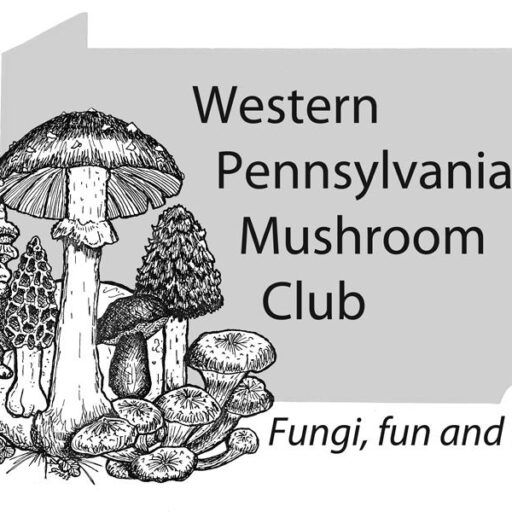
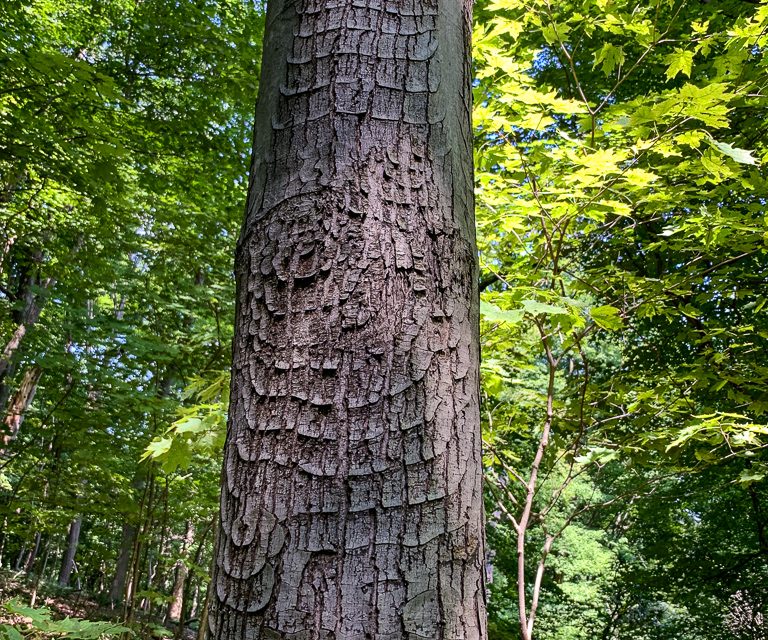































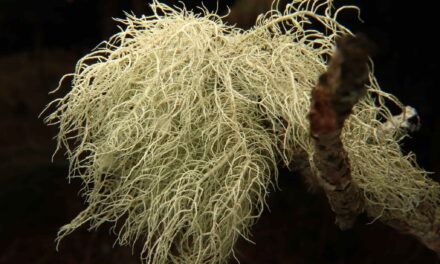
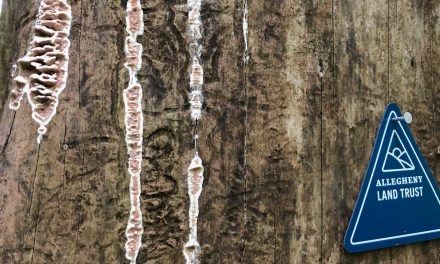
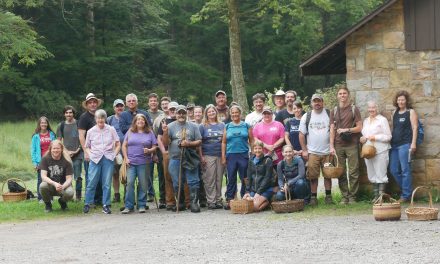


This was a nice walk. Old stone quarry and lots of different mushroom species. Plus chantrelle lunch thanks to Richard Jacob